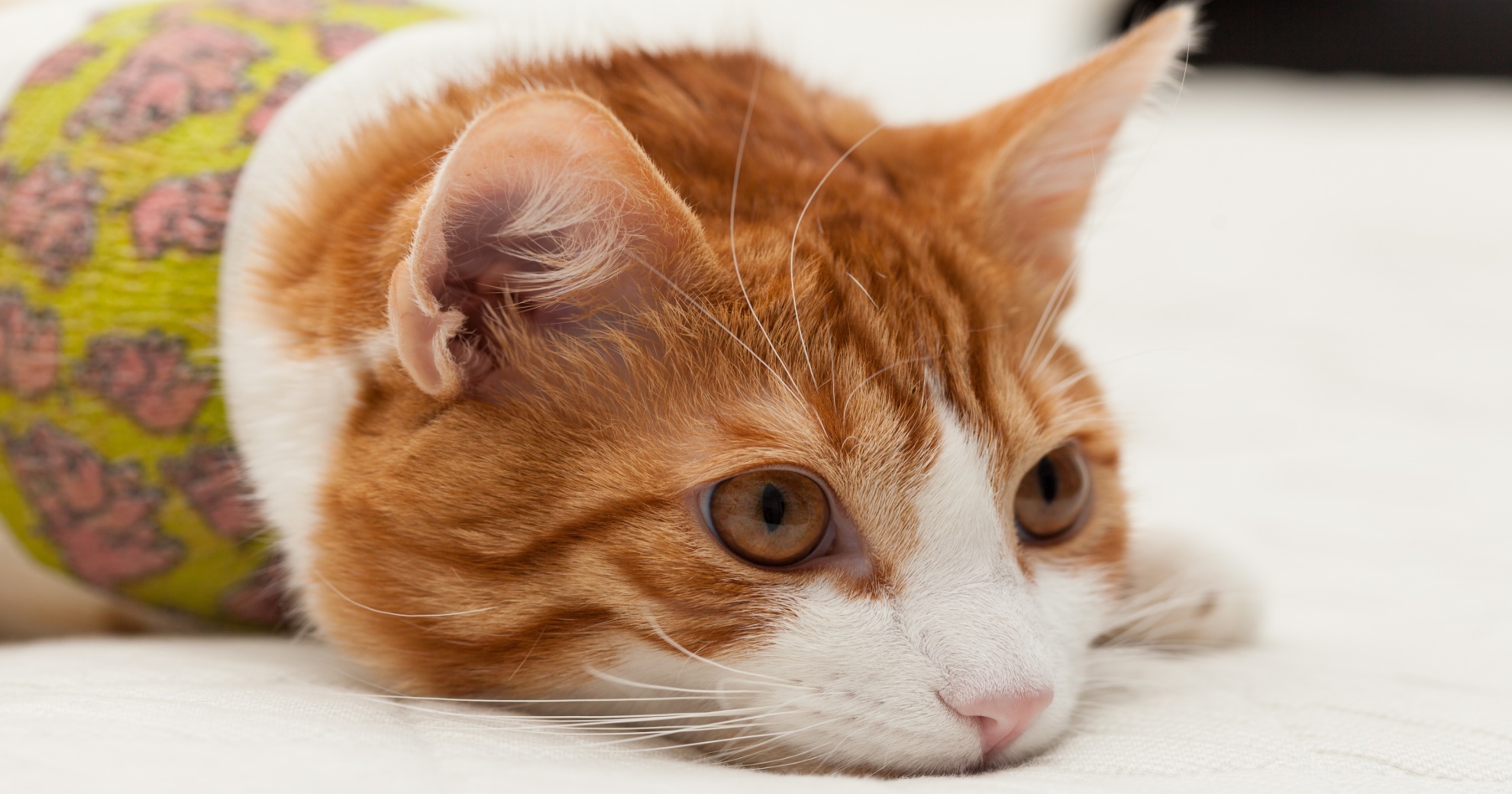TOOLKITS & GUIDES

VOTING BOOTH

TRENDING

LIONS FOUNDATION OF CANADA DOG GUIDES
Lions Foundation of Canada Dog Guides and its founding program, Canine Vision Canada, was established in 1983. It’s the largest school of its kind in Canada with its training school in Oakville and breeding facility in Breslau.
First Aid For Cats

Typical Cat Emergencies that require First Aid
It is often said that accidents in and around the home account for most of the injuries suffered by humans. This also holds true for our pets. Managing emergencies is a rare but critical job pet parents are required to handle.
Bite wounds: Cats can sustain bite wounds from fights with other cats or encounters with wildlife. These wounds can become infected and will frequently require veterinary attention.
(Please ensure that your cat is vaccinated against rabies)
Fractures: Cats can experience fractures due to falls, accidents, or trauma. Fractures may be visible e.g., affecting the limbs, or hidden e.g., the skull.
Abscesses: Abscesses are often the result of infected wounds, particularly from cat fights. These painful pockets of pus may be invisible till they burst. In such cases, immediate disinfection is required.
Lacerations: Cats can suffer lacerations from various sources, such as sharp objects or accidents. Deep lacerations may need sutures or other wound care interventions but should be treated immediately at home.
Eye injuries: Cats are susceptible to eye injuries, including corneal ulcers, scratches, or foreign object penetration.
Allergic Reactions: Certain substances, including certain foods, chemicals, or insect bites/stings, can trigger allergic reactions in pets, ranging from mild to severe.
Burns and Scalds: Pets may come into contact with hot surfaces, open flames, hot liquids, or overheated appliances, leading to burns or scalds.
Electrical Injuries: Pets may chew on electrical cords, leading to electric shocks or burns.
Sprains and strains: Cats can strain or sprain their muscles or joints, especially from jumping or sudden movements. Rest, pain management, and sometimes physical therapy may be necessary.
Tail injuries: Cats can suffer tail injuries, such as fractures, dislocations, or trauma from accidents. Tail injuries may cause pain, nerve damage, or loss of tail function.
Poisonings: Cats may accidentally ingest toxic substances, such as medications, household chemicals, or poisonous plants. Poisoning can have severe consequences and requires immediate veterinary care.
Road traffic accidents: Sadly, cats can be injured in road traffic accidents. These injuries can range from minor abrasions to severe fractures, internal injuries, or head trauma.
It’s important to note that if your cat experiences any injury or shows signs of illness or distress, it’s best to consult with a veterinarian for proper diagnosis, treatment, and guidance specific to your cat’s condition.
ESSENTIAL ITEMS TO HAVE IN YOUR FELINE FIRST-AID KIT
- gauze pads
- adhesive tape
- sterile saline solution
- antiseptic wipes
- bandage
- scissors
- tweezers
- disposable gloves
Clean towels or blankets: These can be used for various purposes, such as providing warmth, controlling bleeding, or creating a makeshift stretcher for transporting an injured cat and as an emergency Elizabethan collar.
Sterile saline solution: Saline solution can be used to flush wounds or to rinse out debris from the eyes.
Hydrogen peroxide (3%): Hydrogen peroxide can be used to induce vomiting in case of accidental ingestion of certain toxins or substances. However, it should only be used under the guidance of a veterinarian, as inducing vomiting is not appropriate for all situations.
Sterile syringes: These can be used to administer medications, flush wounds, or deliver oral solutions if necessary.
Styptic powder: Styptic powder helps stop bleeding from minor cuts or nail trims. It can be applied to a bleeding nail to help promote clotting.
Muzzle or soft cloth: In case of severe pain or injury, a muzzle or soft cloth can be used to prevent your cat from biting or scratching while providing assistance.
Phone numbers: Keep a list of important phone numbers, including your regular veterinarian, emergency veterinary clinics, and poison control helpline.
IMPORTANT NOTES TO SELF
- Assess the situation: Determine the severity of the emergency and evaluate any potential hazards that could affect you or your pet.
- Stay calm: Being calm and composed helps ensure that you and your pet stay safe.
Related Articles








